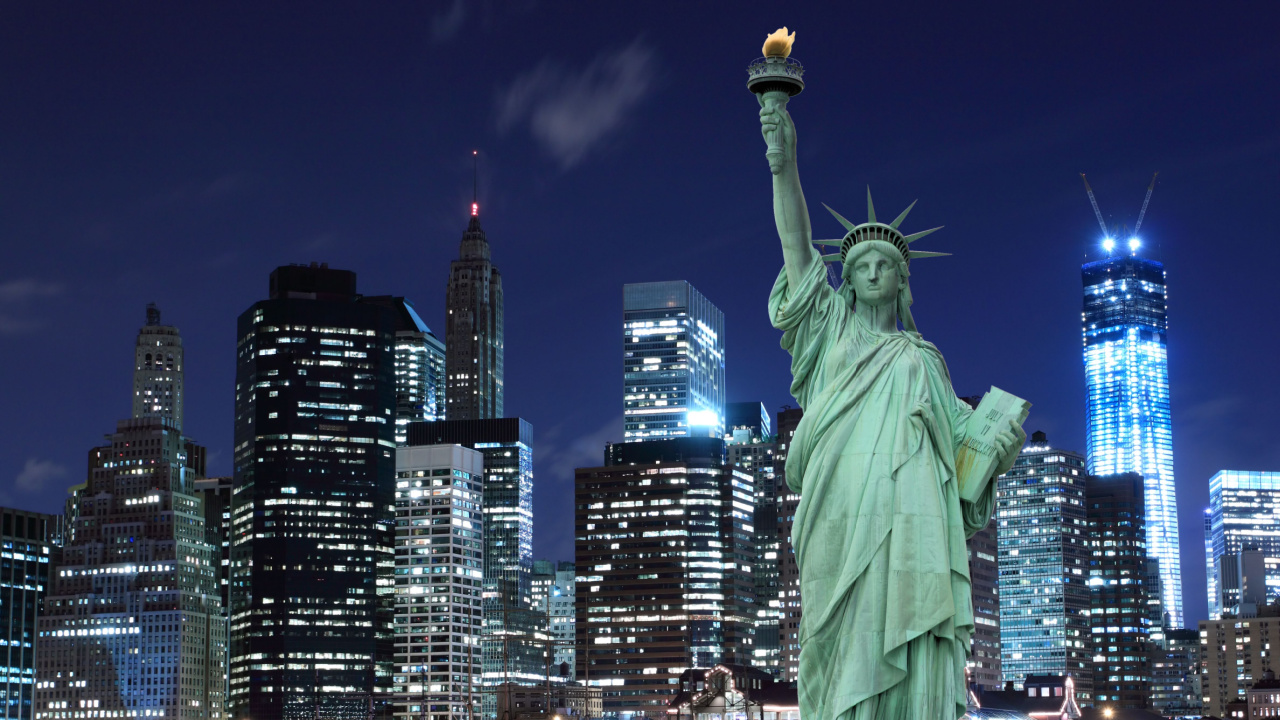Volcanic eruptions have shaped and reshaped the earth’s surface for millennia, sometimes with devastating effects on human civilizations. Even today, with our advanced technology and warning systems, there isn’t much we can do besides evacuate in the event of a volcanic eruption. The very thought of our helplessness in the face of Mother Nature’s unbridled fury is humbling. Here are twelve of the worst volcanic eruptions in recorded history.
1. Mount Tambora, 1815

- Volcanic Explosivity Index (VEI): 7
- Death toll: 71,000-250,000+
The eruption of Mount Tambora in Indonesia in 1815 is the largest recorded volcanic event in history. It spewed so much ash and sulfur into the atmosphere that it caused a “volcanic winter,” leading to the Year Without a Summer in 1816. Crops failed worldwide, resulting in famine and massive social upheaval.
Mount Tambora started rumbling in 1812, and continued to steam and produce phreatic eruptions until 1818. For preppers, Tambora is a stark reminder of how interconnected our world is and the importance of being prepared for climate anomalies.
2. Krakatoa, 1883
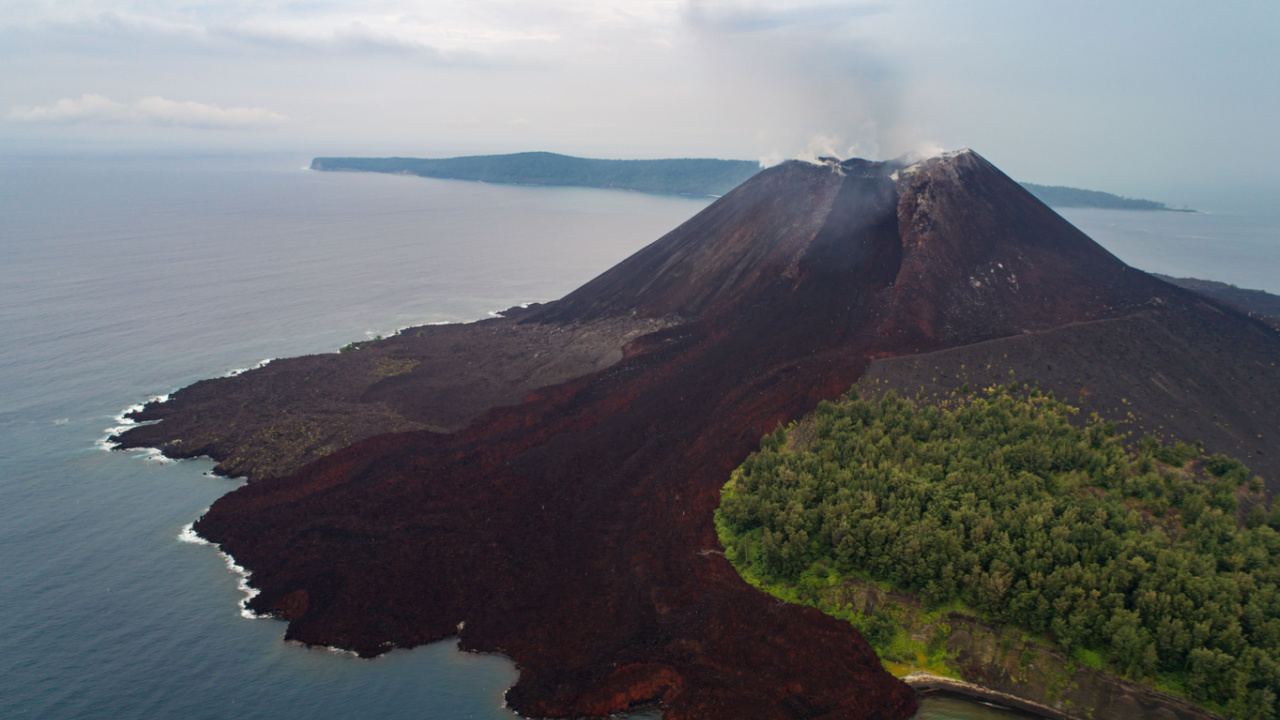
- Volcanic Explosivity Index (VEI): 6
- Death toll: 36,000+
When Krakatoa erupted in Indonesia, it generated the loudest sound ever recorded—a boom heard thousands 3,000 kilometers away in Australia. The eruption and subsequent acoustic pressure wave caused tsunamis that killed over 36,000 people, with ash clouds affecting global climate patterns.
3. Mount Pelee, 1902

- Volcanic Explosivity Index (VEI): 4
- Death toll: 30,000+
The eruption of Mount Pelee on the island of Martinique obliterated the town of Saint-Pierre, killing over 30,000 people in minutes. It began with phreatic eruptions in 1902, and the eruptions continued until 1905. The steam or phreatic eruptions caused tsunamis, and the eventual magmatic eruption caused a pyroclastic surge, which is a ground-huggling cloud of incandescent lava particles that moved at hurricane speed and destroyed everything and everyone in its path.
The tragedy of Pelee emphasizes the importance of heeding natural warnings and the dangers of ignoring evacuation orders, crucial lessons for anyone living near potential natural disasters.
4. Nevado del Ruiz, 1985

- Volcanic Explosivity Index (VEI): 3
- Death toll: 23,000+
In Colombia, the eruption of Nevado del Ruiz triggered multiple lahars (volcanic mudflows) that buried the town of Armero, killing 23,000 people. The local towns were caught unawares, as the volcano had been dormant for 69 years. And, although volcanologic organizations advised the local government to evacuate two months prior, their warnings were not heeded.
5. Santorini, c. 1600 BC

- Volcanic Explosivity Index (VEI): 7
- Death toll: 20,000+
The massive eruption of Santorini in the Aegean Sea is believed to have significantly contributed to the decline of the Minoan civilization, as it devastated the Aegean island of Thera and wiped out several Minoan communities. The eruption also caused tsunamis and earthquakes that resulted in further death and devastation on nearby islands and along the Crete coast.
6. Mount Samalas, 1257

- Volcanic Explosivity Index (VEI): 7
- Death toll: 20,000+
The eruption of Mount Samalas on the island of Lombok, Indonesia, is thought to have triggered the Little Ice Age, affecting global climate for centuries. The event, which left behind the colossal caldera of Segara Anak, teaches us about the long-term climate impacts of volcanic eruptions and the need for societies to adapt to changing environmental conditions.
7. Mount Unzen, 1792

- Volcanic Explosivity Index (VEI): 2
- Death toll: 15,000+
The eruption of Mount Unzen in Japan triggered a landslide and tsunami, resulting in over 15,000 deaths. Before the eruption, multiple earthquakes occurred in the region, moving toward Mount Unzen’s peak and, even after the volcano began to erupt, the earthquakes continued. It’s a grim reminder of how one natural disaster can lead to another, compounding the devastation and highlighting the need for integrated disaster response strategies.
8. Mount Vesuvius, 79AD

- Volcanic Explosivity Index (VEI): 5
- Death toll:13,000+
The eruption of Mount Vesuvius is probably the most famous in history. The ash cloud and pyroclastic lava buried the Roman cities of Pompeii and Herculaneum, freezing them in time.
The power of the Vesuvian eruption is shocking – it released approximately 100,000 times more thermal energy than the atomic bombings of Hiroshima and Nagasaki.
9. Laki and Grimsvoten, 1783
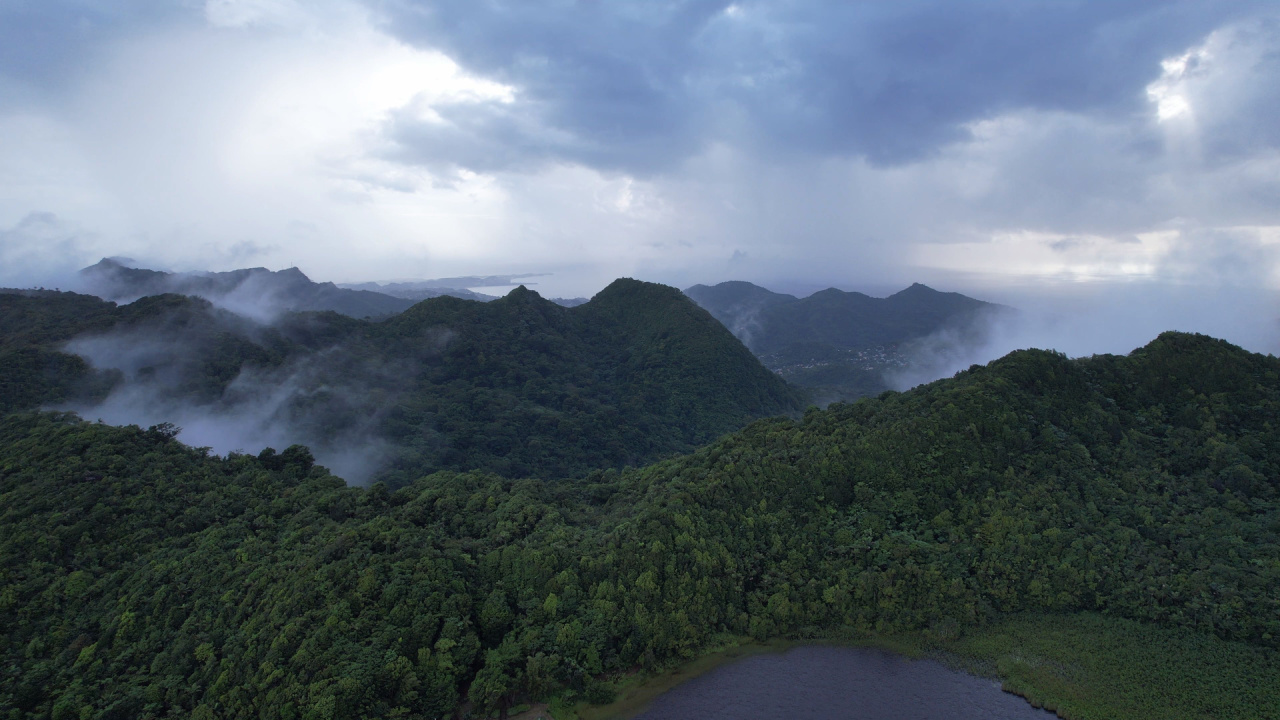
- Volcanic Explosivity Index (VEI): 4
- Death toll: 10,000+
The Laki fissure and Grimsvoten volcano eruption in Iceland released poisonous gas clouds and caused a famine that killed a quarter of Iceland’s population. Although the VEI is only a 4 for this event, the release of dangerous sulfurous gases over an 8-month period caused widespread devastation in terms of destroying crops and poisoning water sources, wildlife, and humans.
10. Kelud, 1586
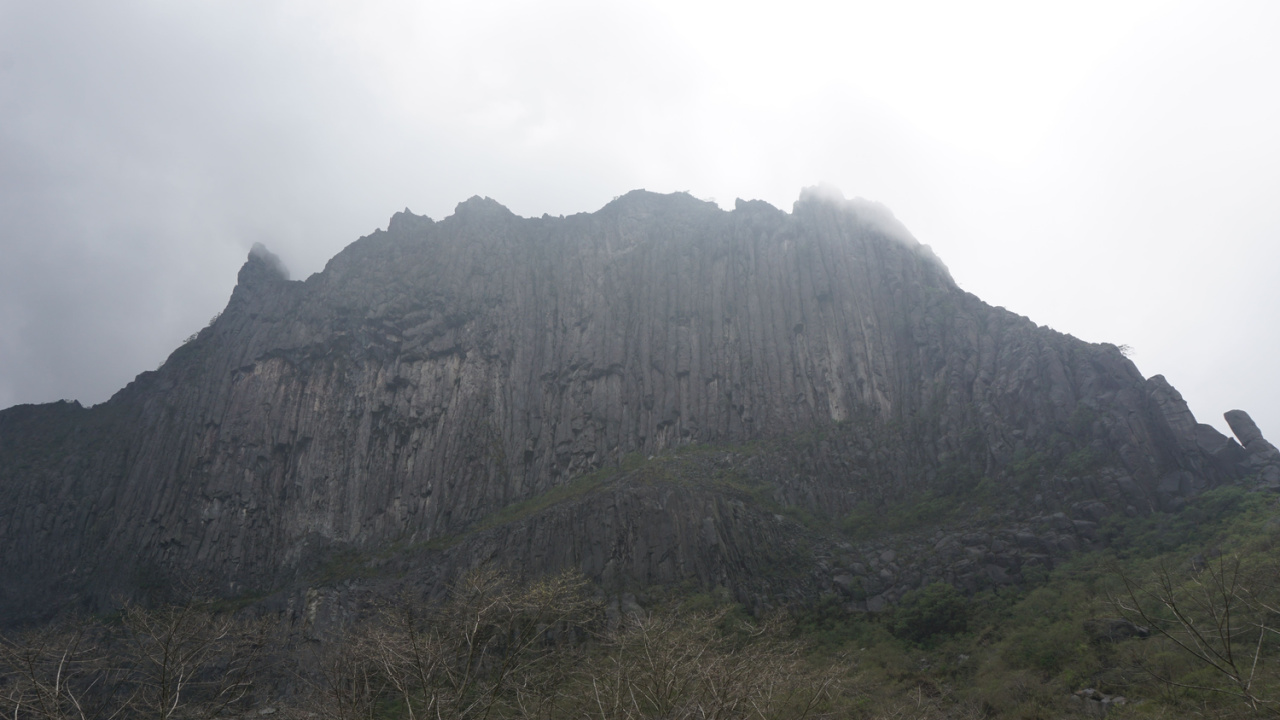
- Volcanic Explosivity Index (VEI): 5
- Death toll: 10,000+
The eruption of Kelud in Indonesia is known for its high death toll, with thousands of lives lost, but there’s little verifiable information about the event and aftermath. Kelud’s history of violent eruptions is well-known, and it killed another 5,000 people in 1919.
11. Santa Maria, 1902
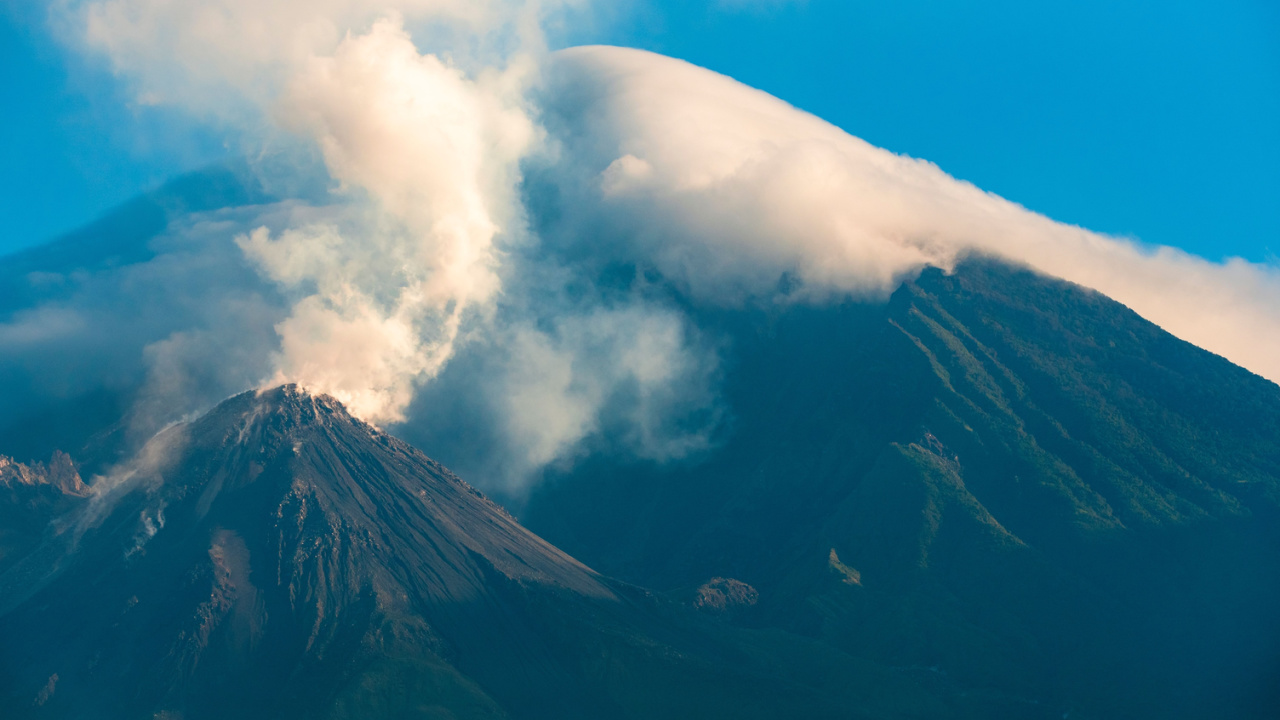
- Volcanic Explosivity Index (VEI): 6
- Death toll: 6,000+
The eruption of Santa Maria in Guatemala was one of the largest of the 20th century, causing significant ash fallout and contributing to climate cooling. In April of that year, a huge earthquake and several minor earthquakes tore through the area, with the focal point at the volcano itself. Then, the volcano erupted in October, producing a column estimated at least 17 miles high.
12. Kelud, 1919
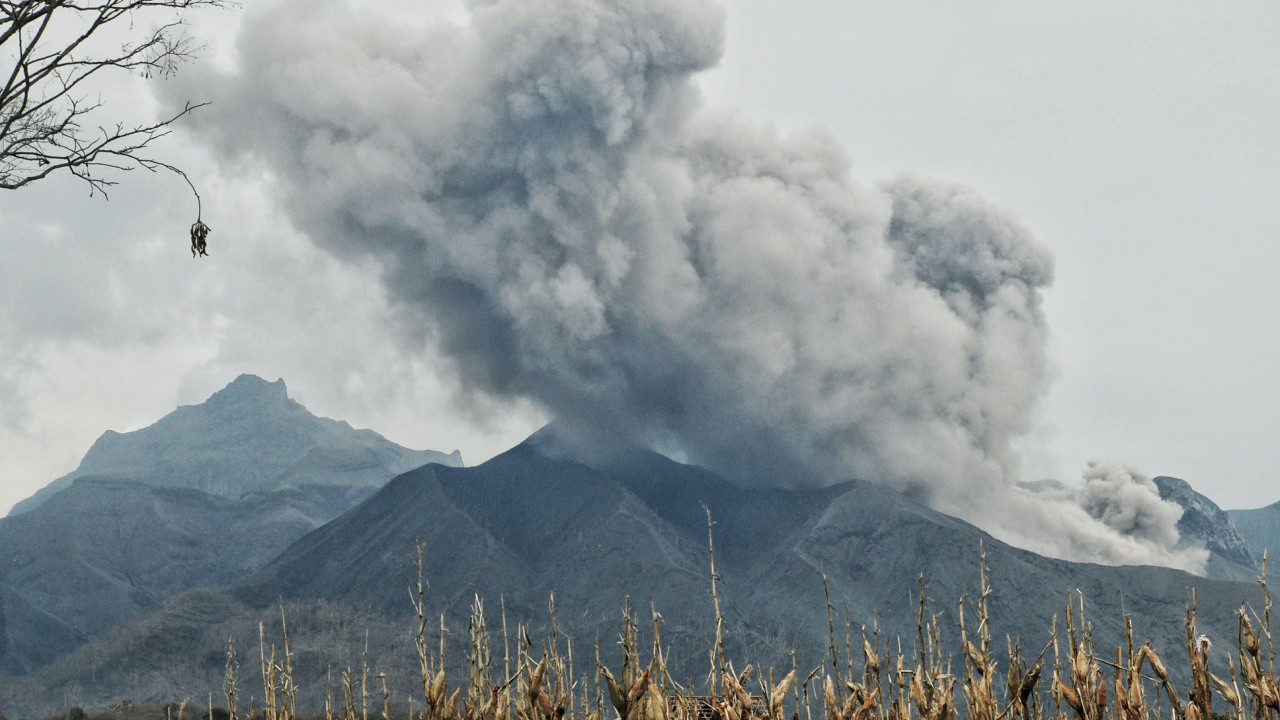
- Volcanic Explosivity Index (VEI): 4
- Death toll: 5,000+
Another devastating eruption of Kelud occurred in 1919, highlighting the volcano’s persistent threat to the surrounding communities. This eruption, in May of 1919, killed over 5,000 people and displaced thousands more as it destroyed the town of Biltar as well as numerous surrounding villages.
17 Most Devastating Tornadoes In History
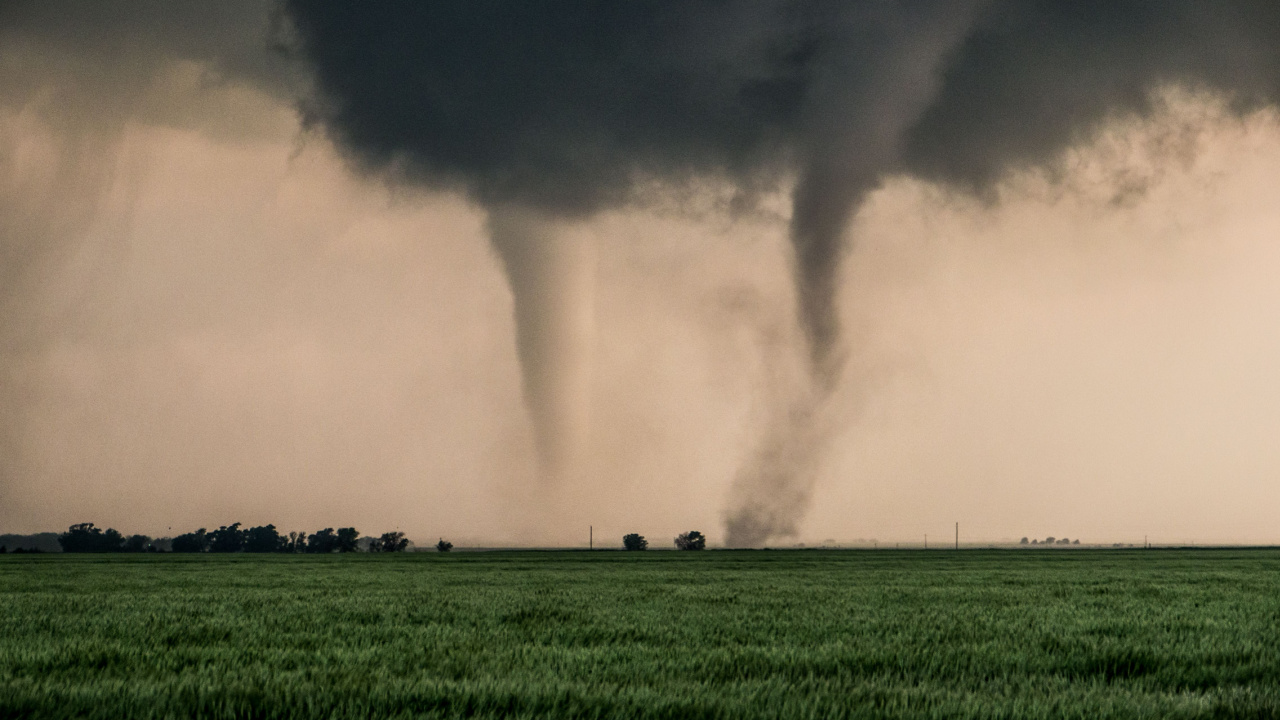
Nature’s fury is terrifying, and tornadoes are among the most deadly natural phenomena. These 17 deadly tornadoes highlight nature’s power and the resilience of humans in the aftermath of such devastation.
24 Most Devastating Blizzards in US History

For preppers, understanding the power and impact of historic blizzards is key to being prepared for future winter emergencies. Each of these historic snowstorms teaches valuable lessons about resilience, planning, and survival. The more prepared we are, the better our chances of survival in an emergency scenario.
- Read More: 24 Most Devastating Blizzards in US History
23 Riskiest Cities To Be During a Power Grid Collapse
In a world where the stability of our power grid is increasingly under threat, knowing which urban areas to avoid during a blackout is crucial for any serious prepper. And which areas to escape as quickly as possible. When you’re making your survival plans, keep in mind that these are the places you don’t want to be.
